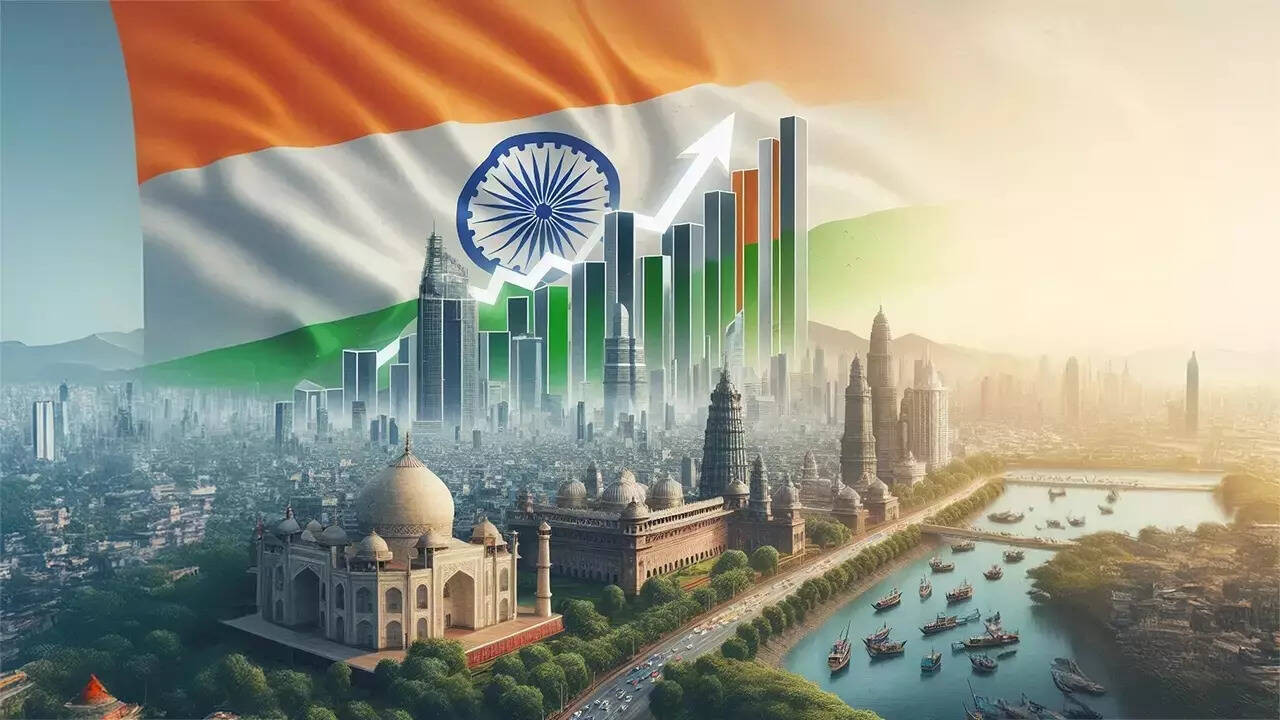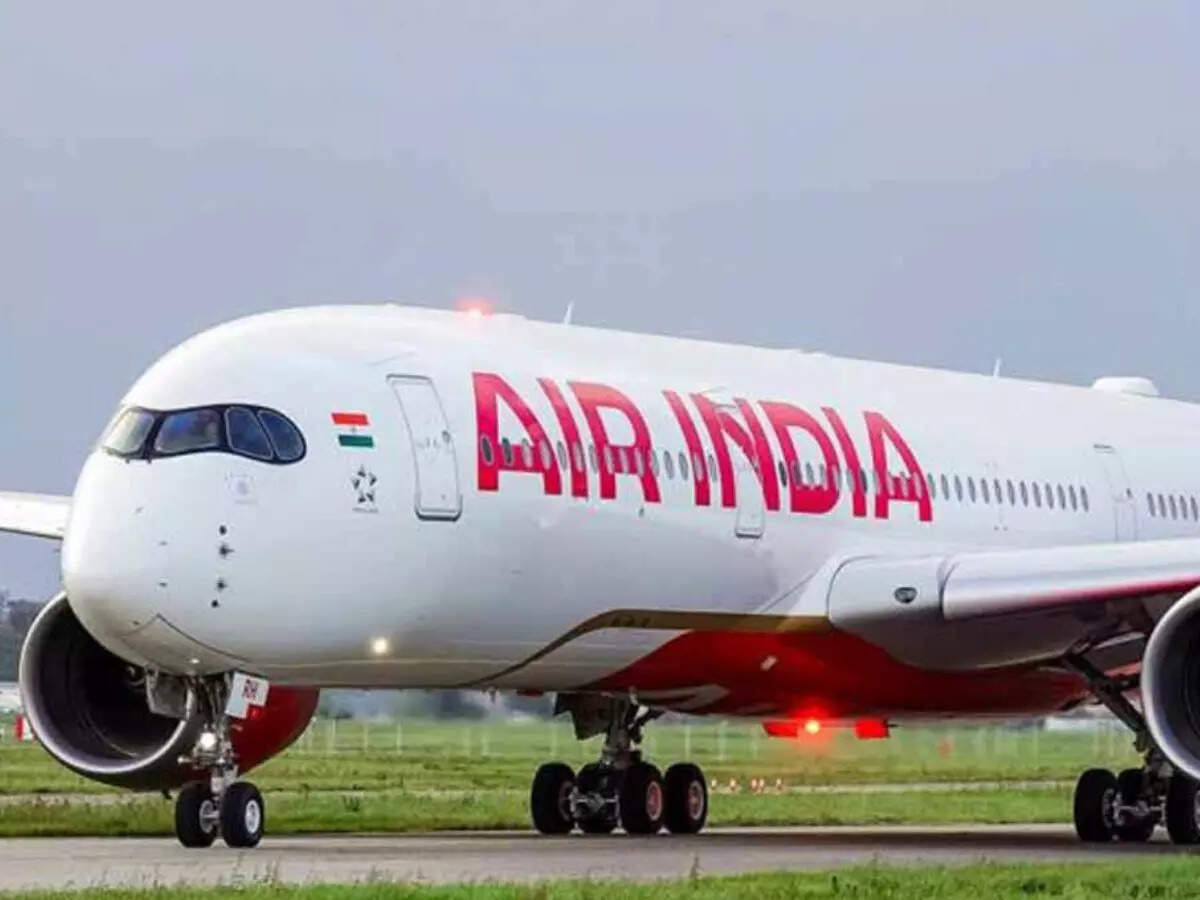PwC India’s report projects India’s GVA to reach $9.82 trillion by 2035, driven by a shift towards addressing core human and industrial needs across nine growth domains. Indian companies can achieve this by embracing inter-sector cooperation and focusing on areas like societal living, movement, and healthcare. Business leaders are adapting to market changes, with many entering new sectors.
India’s Economic Ascent: Painting a Picture of Growth Through 2035
India’s economic narrative is shifting from a story of potential to one of tangible growth, and the latest projections paint a compelling picture of what’s to come. Imagine India’s Gross Value Added (GVA) nearly tripling in just over a decade! That’s the forecast, with a recent analysis suggesting a surge from $3.39 trillion in 2023 to a staggering $9.82 trillion by 2035. This isn’t just number crunching; it’s a glimpse into a future where India’s economic might redefines its position on the global stage.
What’s fueling this optimistic outlook? Several key factors are converging to create a fertile ground for economic expansion. We’re talking about a vibrant and expanding domestic market, a rapidly digitizing economy, and strategic investments in infrastructure that are laying the groundwork for sustainable growth. These aren’t isolated trends but interconnected engines driving India forward.
Decoding the Drivers of India’s GVA Growth
The sheer size of India’s consumer base is a major advantage. As incomes rise and aspirations grow, demand for goods and services is exploding. This burgeoning domestic market provides a built-in buffer against global economic headwinds and encourages businesses to invest and expand within India. Add to this the transformative power of digitization, and you’ve got a recipe for explosive growth. From e-commerce to fintech, technology is streamlining processes, improving efficiency, and creating entirely new economic opportunities.

Furthermore, the government’s commitment to infrastructure development is paying dividends. Massive investments in roads, railways, ports, and airports are reducing logistical bottlenecks, connecting markets, and attracting foreign investment. This infrastructure boom is not just about building physical structures; it’s about building a foundation for sustained economic prosperity.
Sectoral Shifts: Where Will the Growth Come From?
While a broad-based economic expansion is anticipated, certain sectors are poised to lead the charge. Manufacturing, construction, and services are expected to be key contributors to the GVA surge. The “Make in India” initiative, aimed at boosting domestic manufacturing, is gaining traction, attracting investments, and creating jobs. The construction sector is booming, driven by urbanization and infrastructure projects. The services sector, already a significant contributor to India’s economy, is expected to further expand with the growth of IT, finance, and tourism.
Think about the implications. A stronger manufacturing sector means more jobs and greater export potential. A thriving construction industry translates to better infrastructure and improved quality of life. A dynamic services sector signifies innovation, technological advancement, and a more globally integrated economy.
Navigating the Challenges on the Path to $9.82 Trillion
Of course, the road to economic prosperity is not without its bumps. India faces several challenges that need to be addressed to fully realize its growth potential. These include:
* Bridging the Skill Gap: Ensuring that the workforce has the skills needed to meet the demands of a rapidly evolving economy is crucial. Investing in education and vocational training is essential to unlock India’s human capital.
* Addressing Inequality: While India’s economy is growing, it’s important to ensure that the benefits are shared more equitably. Policies aimed at reducing poverty and promoting social inclusion are essential for sustainable development.
* Environmental Sustainability: As India’s economy expands, it’s crucial to prioritize environmental sustainability. Investing in renewable energy, promoting energy efficiency, and protecting natural resources are vital for ensuring a healthy and prosperous future. We also have a relevant article about sustainable investing in India.
Addressing these challenges will require a concerted effort from the government, businesses, and individuals.
Why This Matters: India’s Growing Economic Influence
The projected growth in India’s GVA is not just a matter of national pride; it has significant implications for the global economy. As India’s economic influence grows, it will play an increasingly important role in shaping global trade, investment, and geopolitics.
The rise of India as a major economic power also presents opportunities for collaboration and partnership. As a country with a young and dynamic population, a thriving tech sector, and a growing consumer market, India offers immense potential for businesses around the world.
The projected economic expansion to nearly $10 trillion GVA by 2035 is a testament to India’s resilience, dynamism, and potential. While challenges remain, the opportunities are immense. India’s economic journey is one to watch, and its success will have a profound impact on the world.







